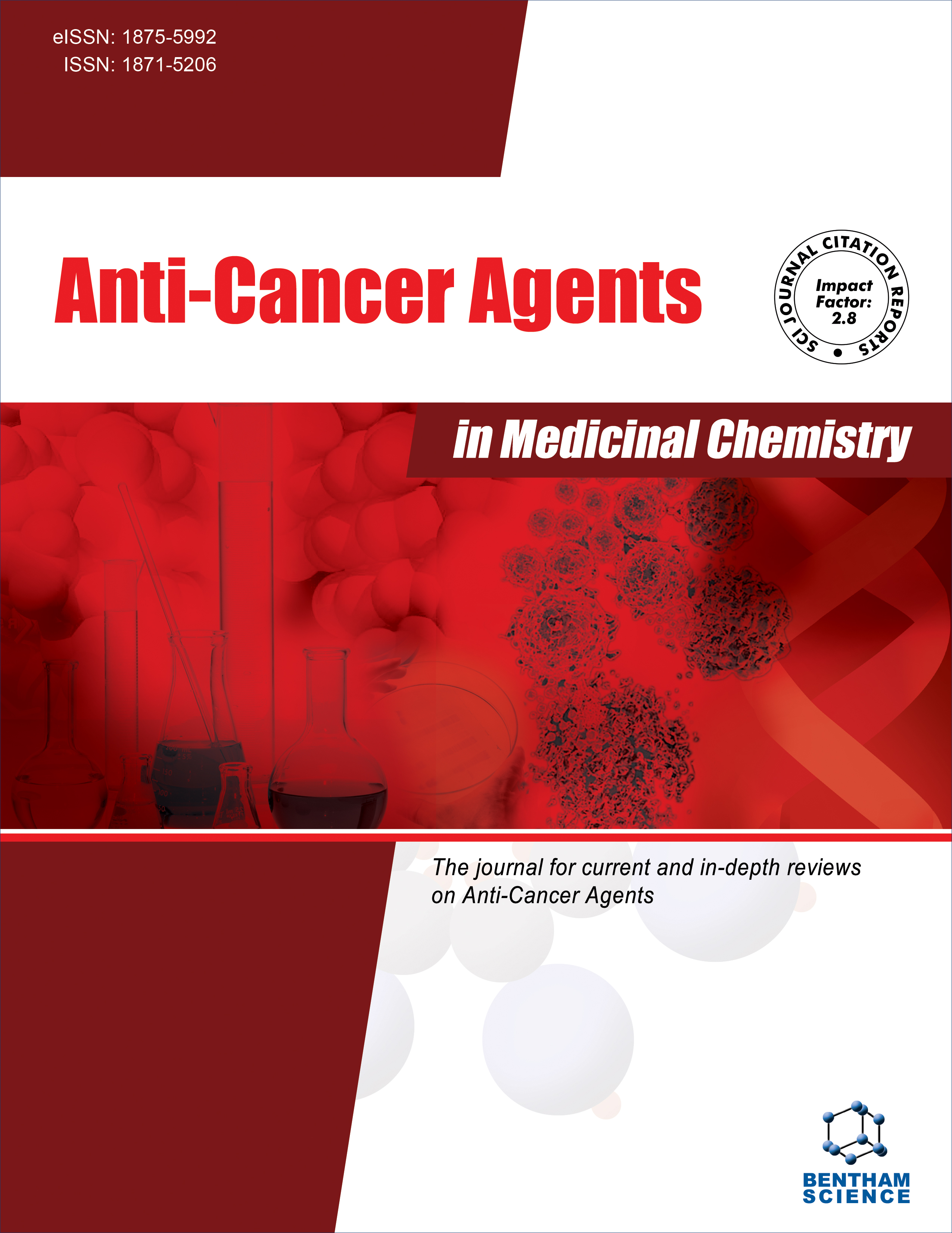
Full text loading...
We use cookies to track usage and preferences.I Understand
Non-Small Cell Lung Cancer (NSCLC) has attracted much attention on account of the high incidence and mortality of cancers. Vascular Endothelial Growth Factor Receptor 3 (VEGFR3/FLT4), which is a highly expressed receptor in NSCLC, greatly regulates cancer proliferation and migration. Pseudolaric Acid B (PAB) is a diterpenoid acid with antitumor activity isolated from Pseudolarix kaempferi. This study aimed to explore the inhibitory effect of PAB targeting FLT4 in NSCLC.
Cell membrane chromatography was used to evaluate the affinity of PAB binding on FLT4. NCI-H1299 cells were used in this study, and an MTT assay was performed to determine the anti-proliferation effect of PAB. Cell cycle analysis was conducted to study the cycle arrest of PAB. Wound healing and Transwell assays assessed the rate of cell migration. Western blot analysis evaluated the expression of related proteins.
PAB showed strong affinity to FLT4 with a KD value of 3.01 × 10-6 M. Targeting FLT4 by PAB inactivated downstream P38MAPK and PI3K/AKT pathways, which inhibited the proliferation of NCI-H1299 cells. Meanwhile, PAB promoted G2/M phase arrest by influencing CyclinB1 and CDK1 complex formation to inhibit NCI-H1299 cell growth, but the effect was attenuated by knocking down the FLT4. Besides, PAB regulated MMP9 secretion through the Wnt/β-catenin signaling pathway to inhibit NCI-H1299 cell migration. However, the ability of PAB to inhibit migration was significantly weakened by FLT4 knockdown in NCI-H1299 cells.
PAB can inhibit the proliferation and migration of NSCLC cells through targeting FLT4 and is expected to be a promising FLT4 inhibitor for NSCLC treatment.

Article metrics loading...

Full text loading...
References


Data & Media loading...
Supplements

